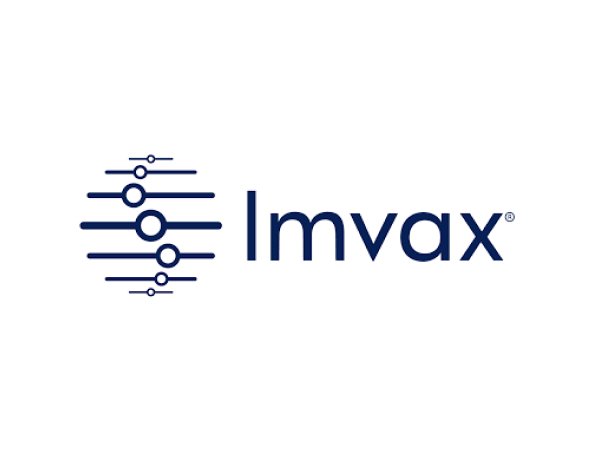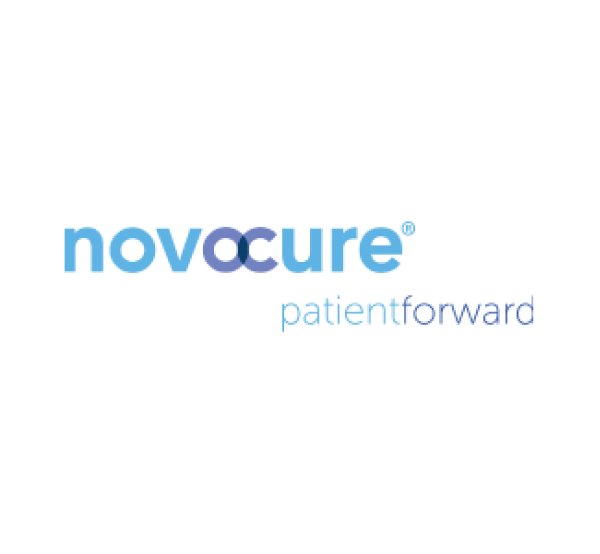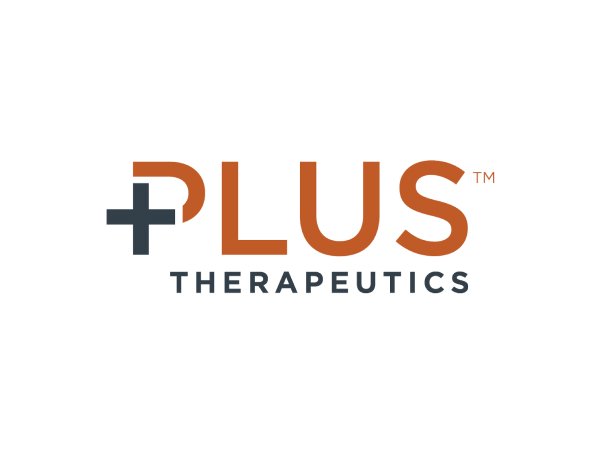May 2024
Brain Tumor Awareness Month
May is Brain Tumor Awareness Month
Wednesday, May 1st, kicks off May which is Brain Tumor Awareness Month. This month is IMPERATIVE in raising awareness for brain cancer. Wear your GBM merch, talk about glioblastoma on your social media platforms, start your own fundraiser (fundraise.gbmresearch.org), DONATE, and listen to our podcast @glioblastomaakagbm. We’ve got an exciting lineup of launches, announcements, partnerships, giveaways, & more - so get ready to go Grey in May with the Glioblastoma Research Organization 🤍
We’ll be using the Hashtags: #gogreyinmay #braincancerawarenessmonth and #gbmrogoesgrey.
Donate to support GBM research funding below.
GBM Facts & Stats
-

#Glioblastoma is a disease that everyone should care about. It can strike men, women, and children of any age, background, or walks of life. Did you know, GBM accounts for 48 percent of all primary malignant brain tumors?
Source: National Brain Tumor Society. Glioblastoma Facts & Figures
-

Despite first being identified in scientific literature in the 1920s, there are only four FDA approved drugs to treat #glioblastoma.
Source: National Brain Tumor Society. Glioblastoma Facts & Figures
-

According to thought leaders in medicine, the causes of GBM remain unknown and the disease can affect all ages and genders. However, these factors may increase your risk:
- Exposure to chemicals, such as pesticides, petroleum, synthetic rubber and vinyl chloride.
- Genetic, tumor-causing conditions, such as neurofibromatosis, Li-Fraumeni syndrome and Turcot syndrome.
- Previous radiation therapy to the head.
Source: Cleveland Clinic
-

"While pediatric glioblastoma (pGBM) and adult #GBM share similar histological features, they differ in genetic and epigenetic landscape such that they should be regarded as molecularly distinct entities... Owing to the rarity of pGBM, most of the studies have clubbed all high-grade gliomas together without separately analysing GBM, limiting the information on its incidence, management protocol and outcome."
Source: Singla, A. K., Madan, R., Gupta, K., Goyal, S., Kumar, N., Sahoo, S. K., ... & Ahuja, C. K. (2021).
-

Glioblastoma is very difficult to treat due to its limited therapies, location and composition. These tumors can be difficult to treat because they contain so many different types of cells.
-

#GBMFacts | Glioblastoma is not a national concern - it's a global issue. Not only does GBM account for 48 percent of all primary malignant brain tumors, but it can also affect anyone from all walks of life.
-

Data gathered on the GBM survival rate is bleak and discouraging, yet we remain optimistic that a cure for #glioblastoma is on the horizon. To our GBM survivors, we see you, and you give us hope!
Learn more about the GBM survival rate on our blog and let us know what you'd like to learn about next: https://gbmresearch.org/blog/glioblastoma-survival-rate
-

#DidYouKnow: GBM is considered a grade IV tumor. They are the most aggressive and very infiltrative -- they quickly spread into other parts of the brain. Glioblastomas don't metastasize (or spread) outside of the brain.
-

#DidYouKnow: An estimated 72,360 adults age 40+ will be diagnosed with a primary brain tumor in 2022 in the U.S. The most prevalent brain tumor types in adults are meningiomas and gliomas, such as glioblastoma, which make up 81% of malignant brain tumors in adults!
Glioblastoma aka GBM: Season 3
Following the success of season two of @glioblastomaakagbm, which ranked among the top 🔟 percent of health and wellness podcasts on Spotify, season three, made possible by our incredbile Sponsors: Imvax, Novocure, and Plus Therapeutics - Season 3 promises to deliver even more thoughtful conversations with GBM warriors, caregivers, and medical leaders in the brain cancer field.
Save the date and get to know our fantastic guests! New season debuts on Thursday, May 2, 2024!
Interested in learning more about Glioblastoma symptoms?
Glioblastoma Symptoms: How to Spot the Signs of This Deadly Brain Cancer Tumor
Glioblastoma multiforme or GBM is among the most deadly and fastest-growing brain cancer tumors. Learn more about the symptoms of brain cancer.
Community Initiatives & Campaigns
-
Warrior Wall
The Warrior Wall by the Glioblastoma Research Organization was created to honor all Glioblastoma Warriors - throughout all stages of their journey. The Warrior Wall was designed to not only commemorate the lives of those lost to Glioblastoma, but to empower and give strength to those currently receiving treatment, those monitoring symptoms, and those in remission - to show that we are never alone in this process.
-
Warrior Wednesdays
Warrior Wednesday is an initiative launched by the Glioblastoma Research Organization which first started in October of 2020. The purpose of #WarriorWednesday is to feature a GBM Warrior each week, while bringing our community closer together and raising awareness for Glioblastoma.
Warrior Wednesday highlights the lives of those currently living with Glioblastoma as well as those who have passed.
-
The Podcast: Glioblastoma aka GBM
A podcast highlighting stories with GBM Warriors, caregivers, medical advisors and more.
donate
Donate Today To Support Glioblastoma Research
Together we will find a cure.
Help our organization fund future GBM research projects at globally renowned cancer centers.
Frequently Asked Glioblastoma Questions
-
Glioblastoma (also known as glioblastoma multiforme or GBM), is the most aggressive type of brain tumor. It is non-genetic, rapidly forming, and the causes of it are unclear. The current treatment options are composed of surgery, radiation and chemotherapy - however are ineffective for long-term survival. The median survival of a person diagnosed with glioblastoma is about 15 months, and without treatment, the number drastically drops to 3-6 months.
-
There is currently no cure for Glioblastoma. The current standard of care is composed of surgery, radiation, and chemotherapy. In many cases, medical advisors may suggest a combination of these different techniques. Each patient is different, therefore each treatment, each prognosis, and many other factors will be unique to your particular situation.
-
According to Cedars Sinai, Glioblastoma symptoms vary, and certain symptoms may have to do with the location of your tumor. Symptoms may include:
Headaches, Loss of appetite, Loss of balance or trouble walking, Mood swings, Nausea and vomiting, Personality and behavior changes, Problems speaking, Problems with memory, Seizures, Sensation changes, Trouble concentrating, Vision changes, and Weakness.
As many of these symptoms may be caused by other health problems, it is important to contact your medical provider to receive an accurate diagnosis.
-
The first step in a Glioblastoma diagnosis starts by visiting your healthcare provider in which you’ll be asked a series of questions regarding your health, your medical history and your family history. During this appointment, it is possible that your medical provider will perform a series of exams to check your vision, hearing, sense of touch, strength, reflexes, and memory. If your medical provider believes you may be at risk of a tumor, they may request additional testing be done to ensure an accurate diagnosis with tests such as:
MRI (Magnetic Resonance Imaging): Used to assist in locating tumors, identifying swelling, identifying blood build-up, as well areas affected by stroke.
CT scan (Computed Tomography): This test can assist in locating areas of fresh bleeding, skull bone changes, as well as calcium deposits.
Magnetic resonance spectroscopy (MRS): This test measures biochemical processes in different parts of the brain. Note: It can be done as part of an MRI.
Needle biopsy: A CT scan or MRI is used to guide a needle into the tumor to take out a small piece of it for testing.
Blood or other tests: These can help show how well certain organs are working and give an idea of your overall health.
-
The average survival time for a patient with Glioblastoma is 12-18 months. 25% of glioblastoma patients survive more than one year, and only 5% of patients survive more than five years. It is important to remember that each patient is different, which means each situation will be different. A prognosis given at the initial time of diagnosis may be based off your current tumor type and current situation, however may change once treatment begins as other factors can be taken into account as time progresses (ex. how well you respond to treatment).
Note: A prognosis is an ongoing process and can be revised at different stages throughout your journey. Statistics and averages cannot tell you what will specifically happen to you. It is important to connect with your medical provider and healthcare team throughout your process for accurate, and unique information that is specific to you.
-
Research shows that males are 60% more likely to develop glioblastoma overall than females - which may be linked to testosterone, although sex differences are an understudied area of research.
-
There are currently over 1500 clinical trials for Glioblastoma as identified on Clinicaltrials.gov. To learn more about clinical trials and enrolment eligibility, please contact your medical provider or refer to the Clinicaltrials.gov.
*Source: Cleveland Clinic





